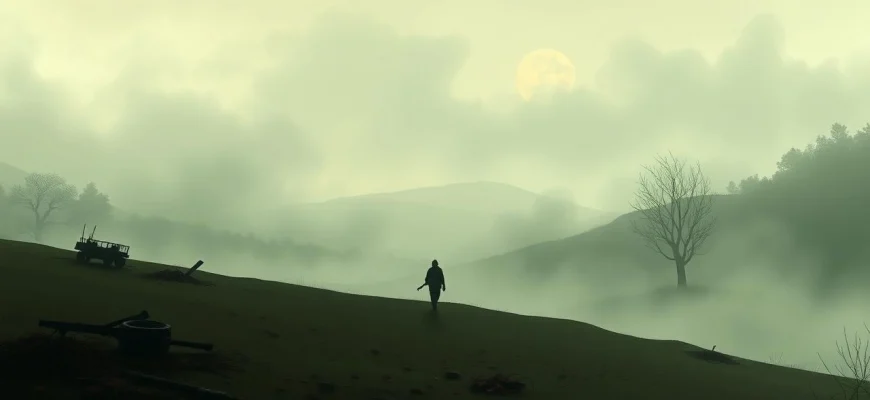If you were captivated by the haunting beauty and profound introspection of 'The Thin Red Line' (1998), you're likely searching for more films or shows that explore similar themes of war, humanity, and existential reflection. This article curates a list of 10 movies and series that share the same poetic depth, visceral storytelling, and philosophical undertones as Terrence Malick's masterpiece. Whether you're drawn to the meditative cinematography, the moral complexities of war, or the raw emotional weight, these recommendations will satisfy your craving for thought-provoking cinema.
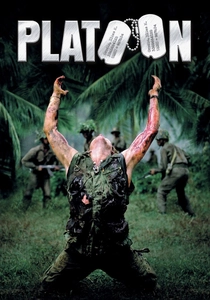
Platoon (1986)
Description: 'Platoon' shares with 'The Thin Red Line' a deep exploration of the moral ambiguities and internal conflicts faced by soldiers in war. Both films use the jungle setting to create a sense of claustrophobia and existential dread. The narratives are deeply personal, focusing on the soldiers' psychological struggles and the loss of innocence.
Fact: Written and directed by Oliver Stone, a Vietnam War veteran, which adds authenticity to the film. Won four Academy Awards, including Best Picture and Best Director. Charlie Sheen's character is based on Oliver Stone's own experiences in Vietnam.
 Watch Now
Watch Now 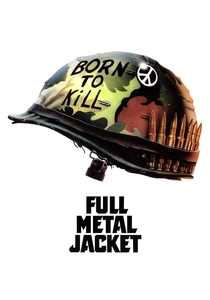
Full Metal Jacket (1987)
Description: Like 'The Thin Red Line', 'Full Metal Jacket' delves into the dehumanizing effects of war and military training. Both films are divided into distinct sections that explore different aspects of the soldiers' experiences. The visual style and philosophical undertones in both films challenge the glorification of war.
Fact: Directed by Stanley Kubrick, known for his meticulous attention to detail. The first half of the film focuses on the brutal training of Marines, while the second half shows their experiences in Vietnam. R. Lee Ermey, who played the drill instructor, was a real-life Marine drill instructor and ad-libbed many of his lines.
 Watch Now
Watch Now 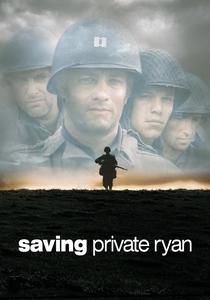
Saving Private Ryan (1998)
Description: Similar to 'The Thin Red Line', 'Saving Private Ryan' is a war film that explores the psychological and emotional toll of combat. Both films depict the brutality of war with unflinching realism, and they share a focus on the individual soldiers' experiences rather than just the broader military strategy. The films also feature ensemble casts and are known for their intense battle sequences.
Fact: Directed by Steven Spielberg, the film won five Academy Awards, including Best Director. The opening D-Day sequence is considered one of the most realistic and harrowing depictions of war ever filmed. Tom Hanks' character, Captain Miller, was inspired by a real-life officer from the 101st Airborne Division.
 Watch Now
Watch Now 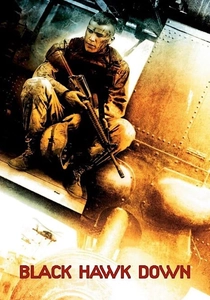
Black Hawk Down (2001)
Description: Similar to 'The Thin Red Line', 'Black Hawk Down' focuses on the chaos and confusion of modern warfare. Both films depict the camaraderie and bonds between soldiers under extreme duress. The cinematography in both films is gritty and realistic, immersing the viewer in the intensity of combat.
Fact: Directed by Ridley Scott, the film is based on the true story of the 1993 Battle of Mogadishu. The cast includes many actors who would later become major stars, such as Josh Hartnett, Ewan McGregor, and Tom Hardy. The film won two Academy Awards for Best Film Editing and Best Sound.
 Watch Now
Watch Now 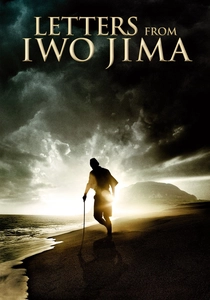
Letters from Iwo Jima (2006)
Description: 'Letters from Iwo Jima' and 'The Thin Red Line' both offer a humanizing perspective on war, focusing on the experiences of soldiers on the opposing side. Both films emphasize the shared humanity of all soldiers, regardless of nationality. The visual style is similarly poetic and contemplative, with a focus on the natural environment.
Fact: Directed by Clint Eastwood, the film is a companion piece to 'Flags of Our Fathers', showing the Battle of Iwo Jima from the Japanese perspective. The film was shot almost entirely in Japanese, with English subtitles. The film won the Academy Award for Best Sound Editing and was nominated for Best Picture.
 Watch Now
Watch Now 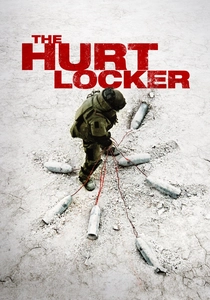
The Hurt Locker (2008)
Description: 'The Hurt Locker' shares with 'The Thin Red Line' a focus on the psychological impact of war on soldiers. Both films depict the tension and unpredictability of combat, as well as the difficulty of returning to civilian life. The cinematography in both films is intimate and immersive, placing the viewer in the soldiers' perspective.
Fact: Directed by Kathryn Bigelow, the film won six Academy Awards, including Best Picture and Best Director. The film is based on the experiences of journalist Mark Boal, who was embedded with a bomb squad in Iraq. Jeremy Renner's performance earned him an Academy Award nomination for Best Actor.
 Watch Now
Watch Now 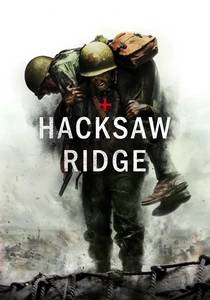
Hacksaw Ridge (2016)
Description: 'Hacksaw Ridge' shares with 'The Thin Red Line' a focus on the moral and spiritual dimensions of war. Both films highlight the courage and resilience of individuals in the face of overwhelming odds. The battle scenes are depicted with brutal realism, emphasizing the sacrifices made by soldiers.
Fact: Directed by Mel Gibson, the film tells the true story of Desmond Doss, a conscientious objector who saved 75 men during the Battle of Okinawa. Andrew Garfield's performance earned him an Academy Award nomination for Best Actor. The film won two Academy Awards for Best Sound Mixing and Best Film Editing.
 Watch Now
Watch Now 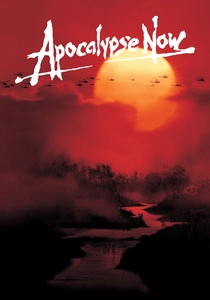
Apocalypse Now (1979)
Description: 'Apocalypse Now' and 'The Thin Red Line' both use war as a backdrop to explore deeper philosophical and existential questions. Both films feature lush, almost surreal cinematography that contrasts with the horrors of war. The narratives are less about the war itself and more about the psychological journeys of the characters.
Fact: Directed by Francis Ford Coppola, the film is loosely based on Joseph Conrad's 'Heart of Darkness'. The production was notoriously troubled, with delays, budget overruns, and health issues among the cast and crew. Marlon Brando's performance as Colonel Kurtz is one of the most iconic in cinema history.
 Watch Now
Watch Now 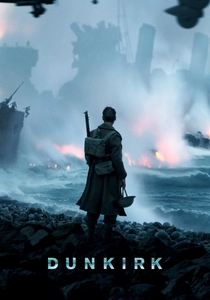
Dunkirk (2017)
Description: Like 'The Thin Red Line', 'Dunkirk' is a war film that emphasizes the sensory and emotional experience of combat over traditional narrative. Both films use minimal dialogue and rely heavily on visual storytelling and sound design to convey the tension and terror of war. The films also explore themes of survival and the randomness of fate in battle.
Fact: Directed by Christopher Nolan, the film is known for its innovative use of practical effects and minimal CGI. The story is told from three perspectives: land, sea, and air, with intersecting timelines. The film won three Academy Awards, including Best Sound Editing and Best Sound Mixing.
 Watch Now
Watch Now 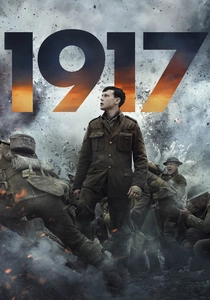
1917 (2019)
Description: '1917' and 'The Thin Red Line' both use the war genre to explore themes of time, mortality, and the human condition. Both films are visually stunning, with long, uninterrupted takes that immerse the viewer in the soldiers' experiences. The emotional tone is similarly contemplative and somber.
Fact: Directed by Sam Mendes, the film is designed to appear as one continuous shot. The story is inspired by the experiences of Mendes' grandfather during World War I. The film won three Academy Awards, including Best Cinematography.
 Watch Now
Watch Now 
